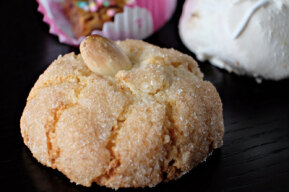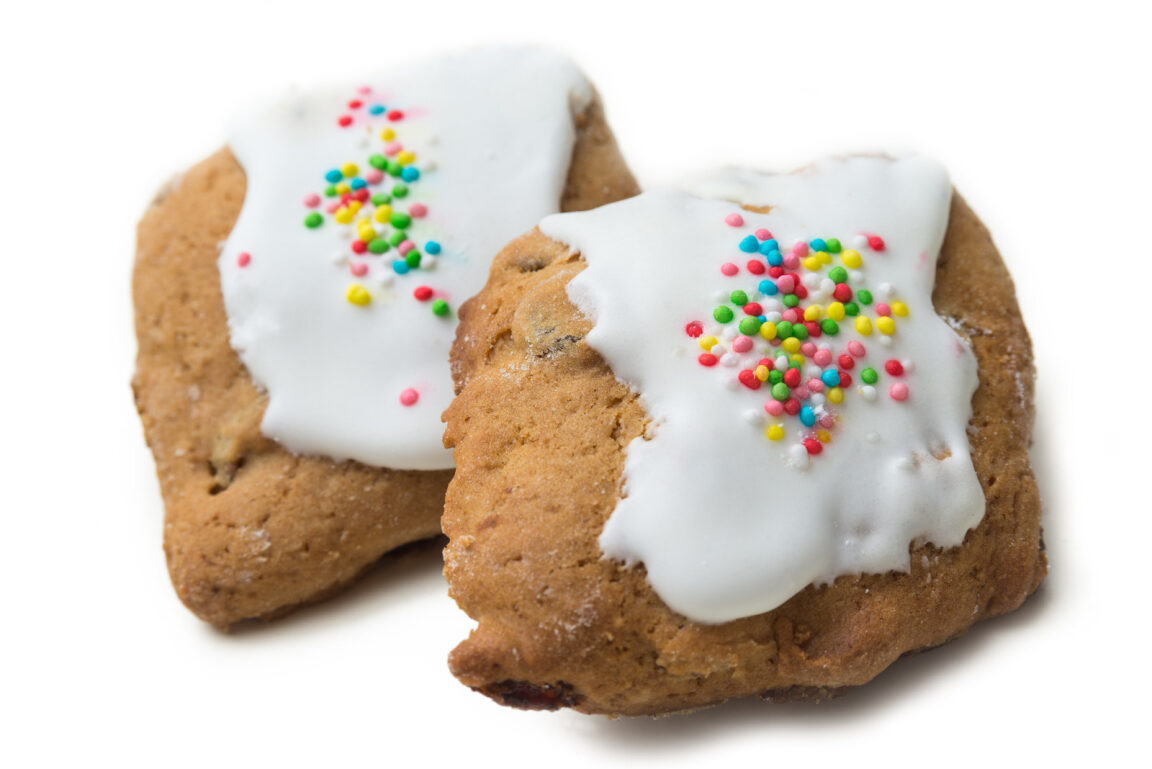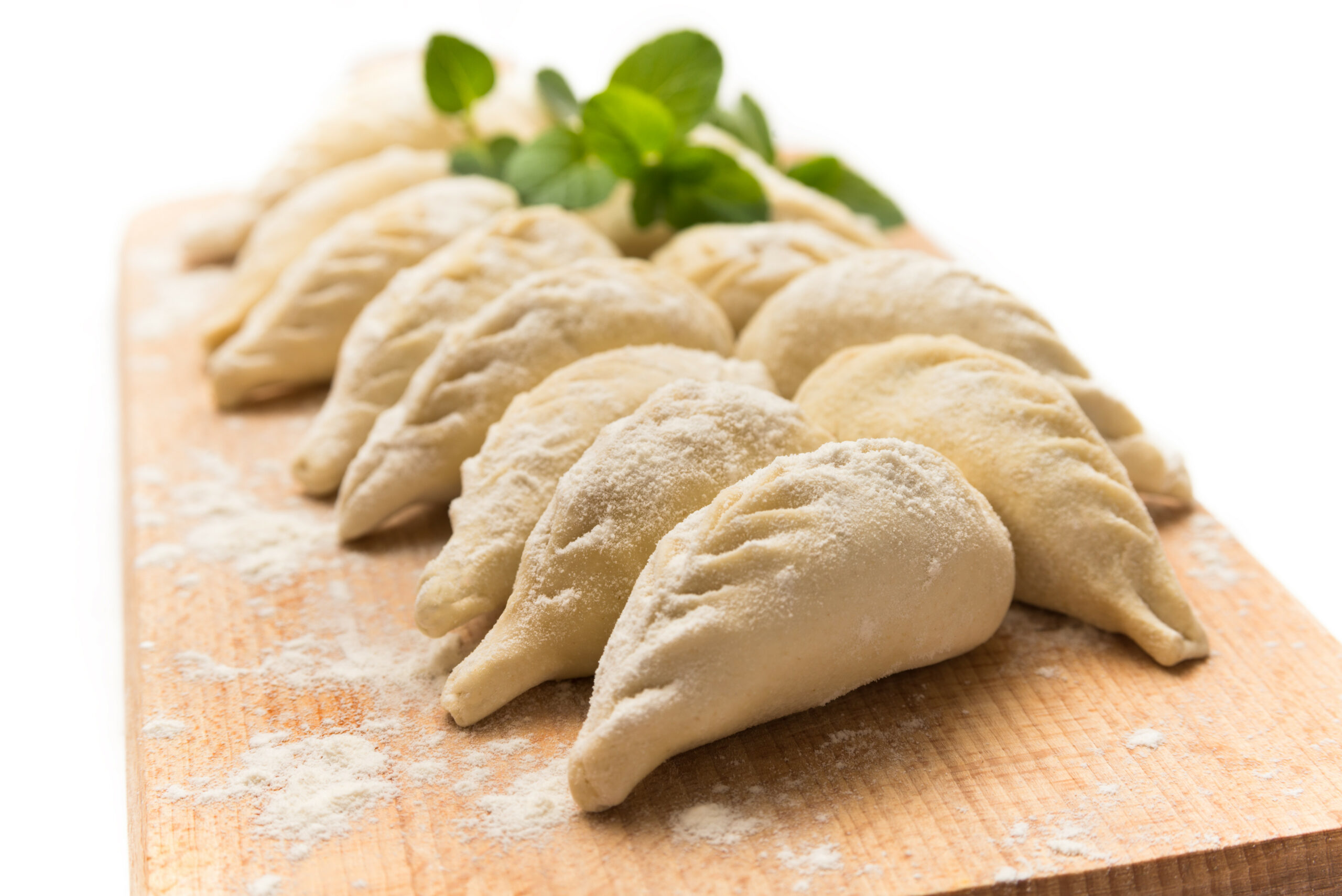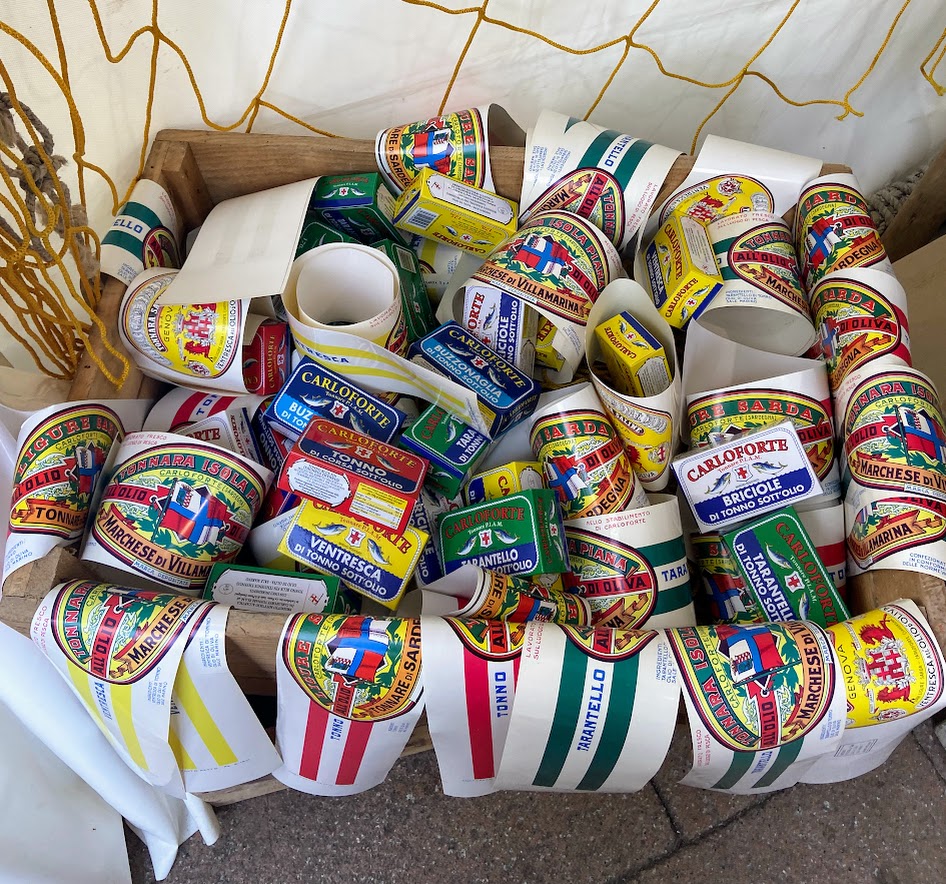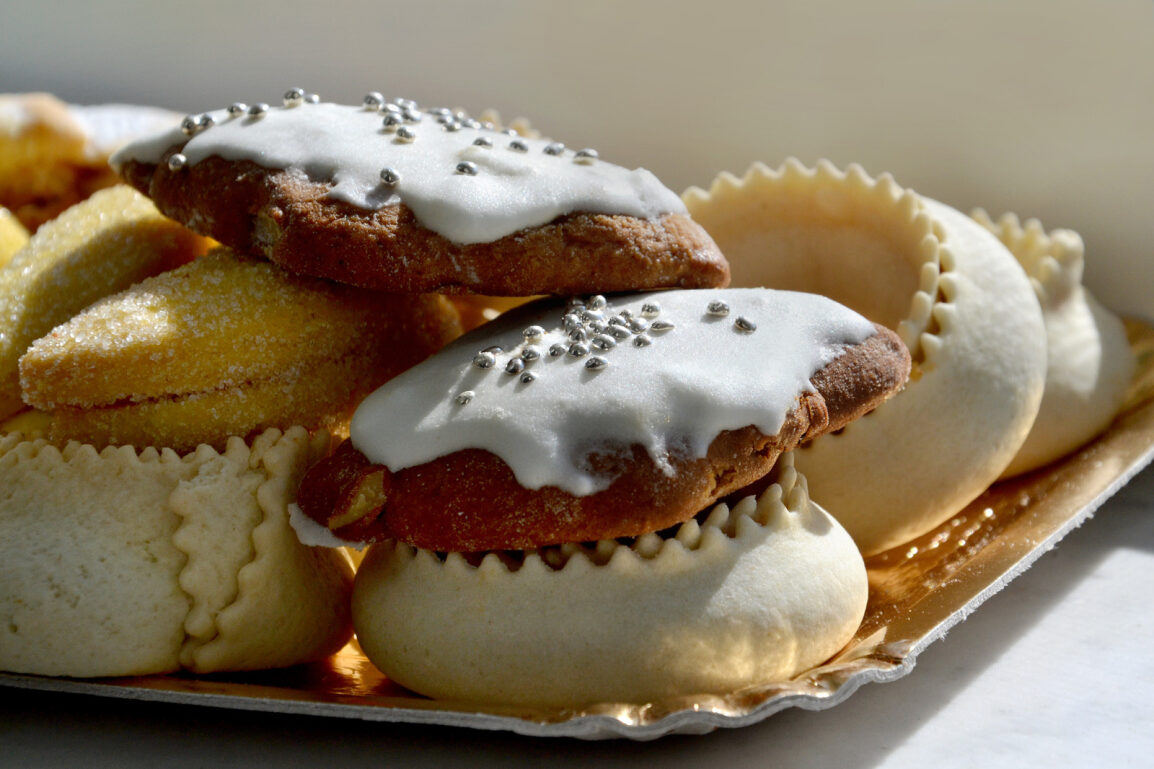
Traditional Sweets
Nearly every village in Sardinia has its own traditional sweets, which are prepared for different occasions throughout the year – from carnivals in January and February, through Easter, summer festivities and holidays, to All Souls’ Day and Christmas. Sweets made from almonds and nuts are particularly popular, moreover lemon peel, raisins and diverse types of cheese – fresh ricotta or mature pecorino – are widely used. The most typical Sardinian sweets are Amaretti. Small, round buns made from both sweet and bitter almonds, sugar, egg whites and lemon zest, with a peeled almond inserted in the middle. They are traditionally prepared for baptisms and weddings, and served with dessert wines such as Malvasia, Nasco or Moscato. Among other typical Sardinian sweets you can find: Aranzada, orange peel with almond slices boiled in honey, typically served as a gift to the godfather after baptism in the Nuoro region. Bianchittos: white cookies made from egg whites, almonds, lemon zest and sugar, which at a first glance look like snow meringue cookies, and are traditionally served at weddings and baptism, accompanied by sweet dessert wines. Candelaus: the true masterpieces of the pastry chefs of the Campidano region, precisely decorated sweets in the shape of cupcakes, shoes or animals, made from thin slices of dough with almond filling, flavoured with orange blossom juice and decorated with silver pearls and gold leaves on a white icing. Caschettes: sweets and traditional presents to brides on their wedding night in the Barbagia region. The base is a white, thin dough made of flour, water, salt and lard, which is rolled out into a thin sheet and the bottom part is filled with honey, cinnamon, orange peel and chopped nuts. The dough is then folded so that there is about a 3-centimeter border above the filling and by pressing the bottom part white rosettes are carefully formed. Copulettas: pastry cups typical of the Gallura region in the north, filled with marmalade, almonds and honey, topped with white icing and decorated with colored pearls. Culurgiones: the typical pasta of the Ogliastra region has its alternative even in sweet form, especially during the carnival period. The crescent-shaped pastries are fried in lard and filled with almonds, orange blossom juice and honey or ricotta, flavored with orange peel and saffron. Be careful especiallly in some central regions of Sardinia, where you can find more unconventional filling – besides nuts or raisins there is sometimes sausage meat or pass. Gattó: prepared as a wedding gift or as a token of appreciation, almond slivers with orange peel drowned in caramelized honey and decorated with colored pearls are poured onto a marble table, where they are sprinkled with lemon or orange juice and, after hardening, cut into a diamond shape. Mustazzolus: One of the simplest and oldest sweet recipes on the island is typical of the Oristano region on the west. The basis is grape must, to which wheat flour, yeast and sugar are added. The dough that has risen is then divided into smaller pieces, cut into diamond shapes and topped with sugar coating after baking. Pane´e Sapa: Sapa, or Saba, is one of the most typical seasonings for Sardinian sweets. It is prepared from fresh grape must, which is poured into a pot together with whole walnuts (which prevent the dough from sticking) and then boiled until concentrated to one-third and thick honey is formed. The dough is kneaded from sap, semolina and water. When sufficiently processed, raisins, almonds and nuts are added and left to rest overnight. In the morning, it is divided into smaller buns, baked at a low temperature in the oven and finally decorated with colored pearls. The Pane e Sapa sweet bun was traditionally prepared for All Saints’ Day and All Souls’ Day, and the preparation was an event in which women from the entire village participated. Papassinos: these sweets, often to be seen and bought in stalls and shops even nowadays, were in the past, like above mantioned Pane e Sapa, prepared on the occasion of the All Saints and All Souls Feasts. A dough of semolina flour, yeast, lard and eggs is enriched with raisins, pine nuts or almonds and sapa, shaped into small rhombuses and baked at a low temperature. Originally, Papassinos were left without topping, in the modern preparation they are decorated with sugar topping and colored pearls. Pirichittus: Inconspicuous balls coated in sugar, lemon and orange glaze are an essential delicacy for all celebrations in the Campidano region. The dough prepared from eggs, olive oil and flour is divided into several smaller balls and baked. Sos Pistoccos: a traditional dessert served with coffee resembles, at first glance, the classic pastry sponges. Semolina flour, eggs, sugar, lard, milk and yeast are mixed and left to rise. The dough is divided into oblong sponges and baked twice. During the first baking the dough rises once more, then it is sugared with granulated sugar and baked for the second time, to give the biscuits their typical crunchiness. Pompia: one of the sweets that is nowadays only rarely seen. The flesh of the cedar, a citrus hybrid endemic to the northeastern town of Siniscola, is boiled in honey for 5-6 hours until it becomes a solid, bittersweet confection. Sebadas: currently probably the most famous dessert, in the past typically given as a welcome gift to shepherds who moved their flocks from mountain hills to mild valleys for the winter. The basis is grated pecorino cheese, which is dissolved with a little water, flavored with lemon zest and rolled out. Out of this cheese filling small rounds are cut and placed at a sufficient distance on a thin sheet of unleavened semolina flour dough. It is covered with a second sheet and larger rounds are cut out so that the filling is in the middle, to prevent the filling from leaking out, the edges are carefully pressed. Sebadas are then fried in oil or lard until golden and finally sugared or topped with liquid, sweet flower or bitter honey. Tiliccas: sweets of diverse shapes – roses, pretzels or horseshoes – made from a thin dough of lard and flour, filled with honey, almonds, nuts and sapa are a frequent decoration of the northern part of the island. Torrone: a world-famous sweet that cannot be missed at any of the island’s celebrations, so called Turkish honey, very supple and scented with honey aroma. Egg whites, honey and almonds are mixed in wooden tubs and kneaded with a hand to the desired consistency. Some cities became very famous for its production, besides Tonara, which is their leader, it is also produced in Desul, Pattada or Alesi.
